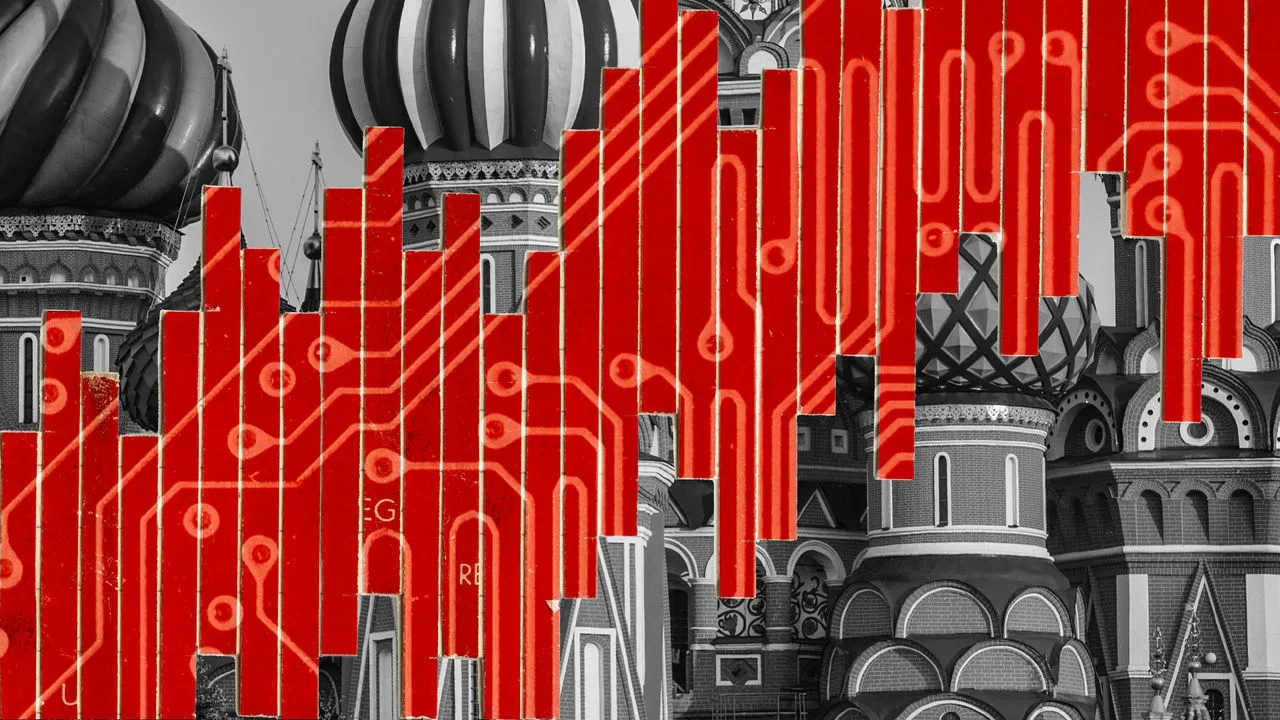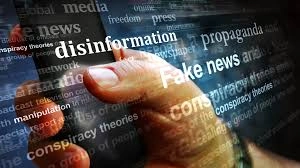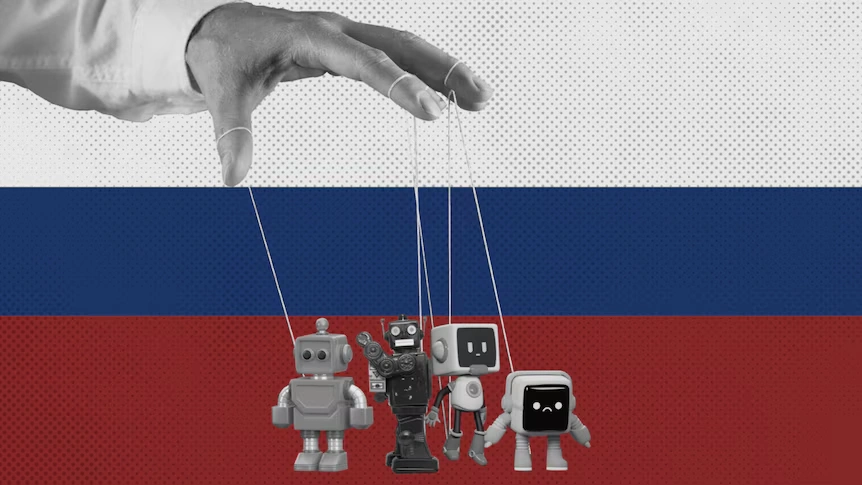The phrase “Russian AI propaganda 2025″ points to how the Kremlin is making the most of AI technology for the global dissemination of disinformation. Moscow has taken a significant step forward in the digital domain by employing AI alongside their marketing drudge.
These are highly skilled and efficient AI-generated content that convinces and resembles human-like writing and thus furthers the deceiving schemes via the internet, particularly through news sites and social networks. There are reports that a group linked to the Kremlin that calls itself the “Pravda network” created more than 6 million articles that were not real.
Of these, around 5 million were translated and posted on different online platforms in various languages as part of the operation. This vast undertaking is aimed at making readers uncertain about what is true and what is not, and at the same time, bolstering the international dissemination of Russia’s strategic communications.

Russian AI propaganda 2025 showcases the Kremlin’s global disinformation through advanced AI.
How Does Russia Use AI For Disinformation?
One of the ways through which Russia is able to execute AI for disinformation is the training of large models using data that is heavily biased in favour of the Russian government and the programming of the models in such a way that the outputs are similar to those of the trustworthy news sources.
The AI systems then proceed to create as well as publish fictitious stories, pictures, and even conversations between chatbots. A considerable number of such stories will be seen on the major online channels before they get recognised as fake. The investigations have shown that AI-generated articles very often get published on websites that look habitually legitimate, some pretending to be Western media outlets.
When the articles are shared on social media, they get to be more well-known through the automatic bots that increase their visibility. By continuously flooding the online spaces with such content, Russia is trying to undermine the trust in actual reporting and divide the opinions in the democracies.
Why Is This A Global Threat?
The phenomenon of AI disinformation coming from Russia has already turned into a matter of global concern thanks to its rapidity, vastness, and subtlety. AI-generated disinformation, as opposed to the traditional methods of propaganda, can almost instantly switch the language and tone of the message to that of different audiences.
The Australian intelligence officials have sounded a warning and stated that the AI-assisted tools may take “extremism and online manipulation to new heights.” If it ends up in the wrong hands, AI can grant dictatorial governments the power to sway elections, distort the media, and even cause the downfall of other governments through instability.
The main threat comes from the mixing of real and fake content, which makes it harder to discern what is true. With an increasing number of digital users relying on AI-powered chatbots and platforms, the danger of exposure to misleading stories becomes much larger at an exponential rate.

Russian AI disinformation spreads swiftly worldwide, adapting tone and language instantly.
Russian AI Disinformation Is Blurring Truth And Reality
To Generative AI, although the technology is still capable of innovating, the experts admit that it can also hallucinate facts or create very convincing lies. Moscow’s AI campaigns use this limitation of the technology by feeding the models with biased data on purpose.
After the releases, the outputs claim to be real and are often re-shared without any checks. This all leads to the creation of a new scenario where the boundary between reality and fantasy becomes very blurred.
According to the researchers, as AI systems get better and better at imitating human writing based on the content that exists online, much of which is fake, the reliability of the future AI-generated material could be further deteriorated. The outcome could be an “information collapse,” where the spreading of misinformation is quicker than the slow process of truth catching up.
Russian AI Propaganda 2025 Exploits Trust In Technology
One major issue regarding the Russian AI propaganda 2025 is the fact that it takes advantage of the people’s trust in technology. Some users think that AI, like chatbots or encyclopedic resources, always provides the right information. However, research has indicated that some of the most popular AI-powered chatbots are employing the Kremlin’s aligned views as they paraphrase the fictitious pieces of writing.
This operation diminishes the trust among users and negatively affects the reputation of digital platforms. By introducing misleading information into the technologies that are commonly used, Russia gains control of the areas where even the education and professional fields that depend on utmost accuracy are located.

Russian AI propaganda 2025 manipulates trust through Kremlin-influenced chatbots.
How Can The World Respond To Russian AI Disinformation?
One major issue regarding the Russian AI propaganda 2025 is the fact that it takes advantage of the people’s trust in technology. Some users think that AI, like chatbots or encyclopedic resources, always provides the right information.
However, research has indicated that some of the most popular AI-powered chatbots are employing the Kremlin’s aligned views as they paraphrase the fictitious pieces of writing. This operation diminishes the trust among users and negatively affects the reputation of digital platforms.
By introducing misleading information into the technologies that are commonly used, Russia gains control of the areas where even the education and professional fields that depend on utmost accuracy are located.
Also Read: Russian Terror Attack Inflicts $4 Billion Blow on Global Car Maker
FAQs
Q1: What is Russian AI propaganda 2025?
It is about the employment of AI technology by Russia for the purpose of generating and disseminating misinformation through digital platforms around the world in the year 2025.
Q2: How does Russia use AI for disinformation?
Russia applies AI and its advanced technology to create rumours, control chatbots, and support the spreading of false narratives through social media.
Q3: Why is Russia’s AI disinformation dangerous?
It deceives the public, creates chaos in the electoral process, and makes the technologies less trusted by mixing lies with the true content.
Q4: How can users identify AI-generated disinformation?
Always verify the information with trustworthy news sources, do not depend on AI tools only, and inform the authorities about the suspicious online content.












